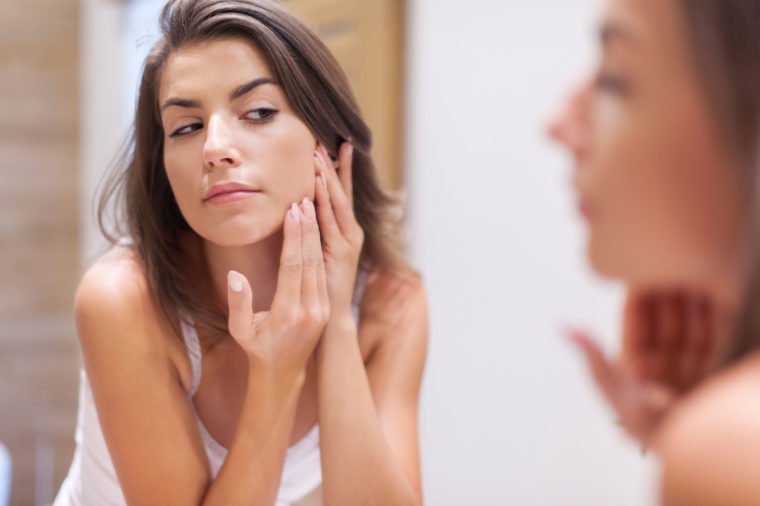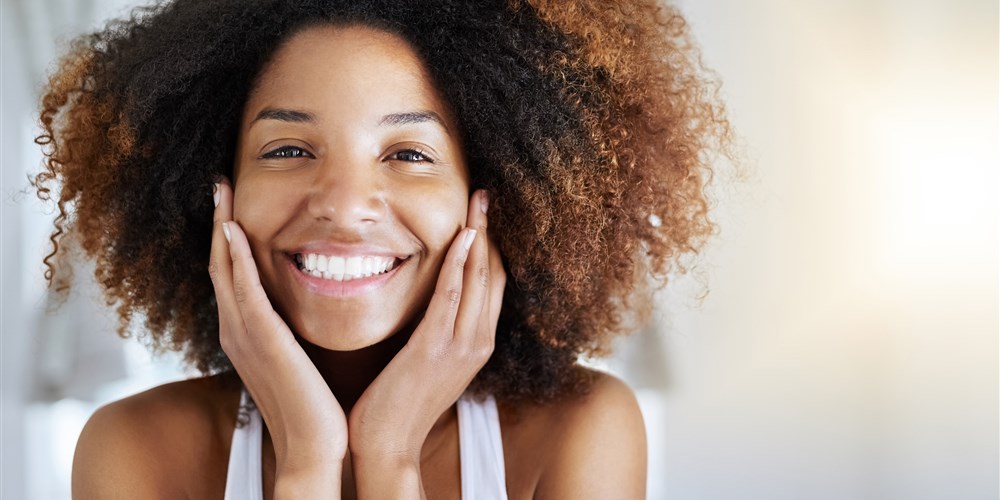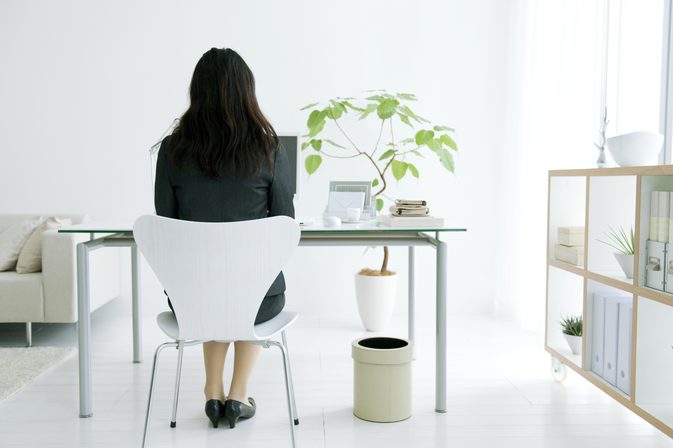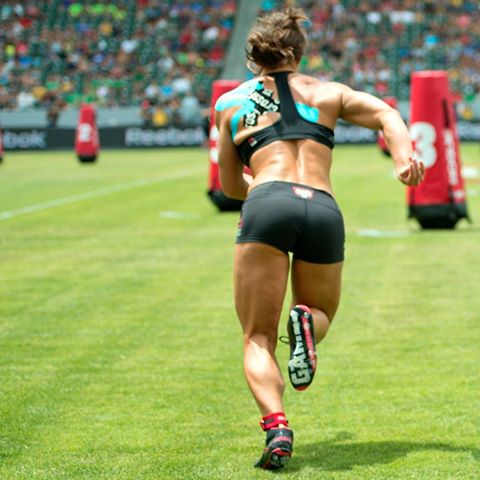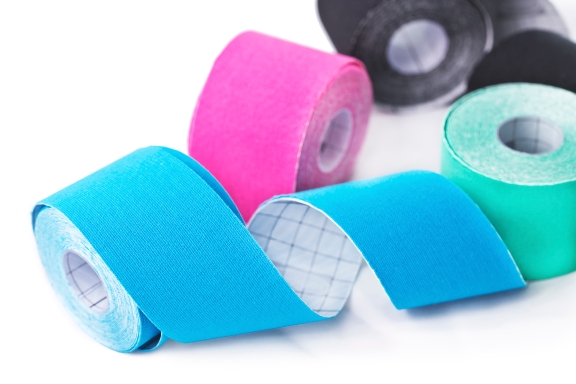To foam roll or not to foam roll, that is the question.
As an expert in myofascial conditions such as neck, upper/lower back pain, knee and foot pain, I say everyone should be doing some sort of myofascial release on themselves regardless of activity level.
Have you ever noticed an elderly person walk? Sometimes they’ll shuffle their feet instead of taking full steps, or they’re really hunched over.
You don’t want this to be you, trust me. Not only is it uncomfortable for a young person to be injured, add on being elderly to the mix and that makes for one life of misery.
WHAT’S The solution?
Of course, you already know I’m going to say get acupuncture regularly. I recommend acupuncture not only as a practitioner, but as a patient. There’s is such sweet relief in having tight muscles released with acupuncture. It’s better at this than any other modality out there.
ACUPUNCTURE
Improves circulation
Releases trigger points in muscles
Improves range of motion and flexibility
Encourages the body to heal itself
All of these elements are necessary to grow old comfortably. Barring a medical condition, like spinal stenosis for example, you will age comfortably if you take the time for self care and get body work done regularly.
Some other options are massage balls and foam rollers. I highly encourage my clients to get massages whenever they feel it’s appropriate, but my go to foam roller is by Intelliroll. (I don’t get any money from them if you buy one, I just really like it). The reason I like it is because it has that space in the center for the spine to settle into.
Whether you’re a CrossFit fanatic or a desk jockey that doesn’t get to do much because of work, it’s always a good idea to end the day with a little self massage using the foam roller of your choice.
A foam roller can help relieve neck tightness from staring at your phone and computer all day long, tight hamstrings from sitting all day and more.
My only advice is, DO NOT FOAM ROLL HARD! I literally have to treat people who have wrecked their bodies foam rolling too hard. AND NEVER FOAM ROLL THE IT BAND. It does NOT need it. You can foam roll the hip and gently roll it down the side of your thigh but there is no need to press the IT band into the foam roller.
You’ll get more out of foam rolling if you let your body settle into the roller naturally and breathe.
For a great example on how to foam roll, check out this YouTube video. She does go over the IT band but you’ll notice, she’s not digging into it. Now get to working on your fascia!



